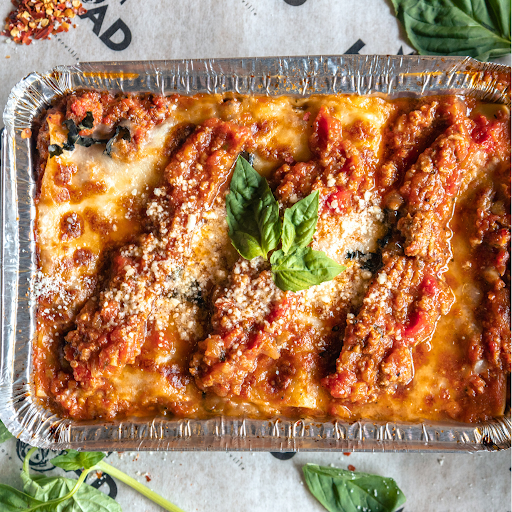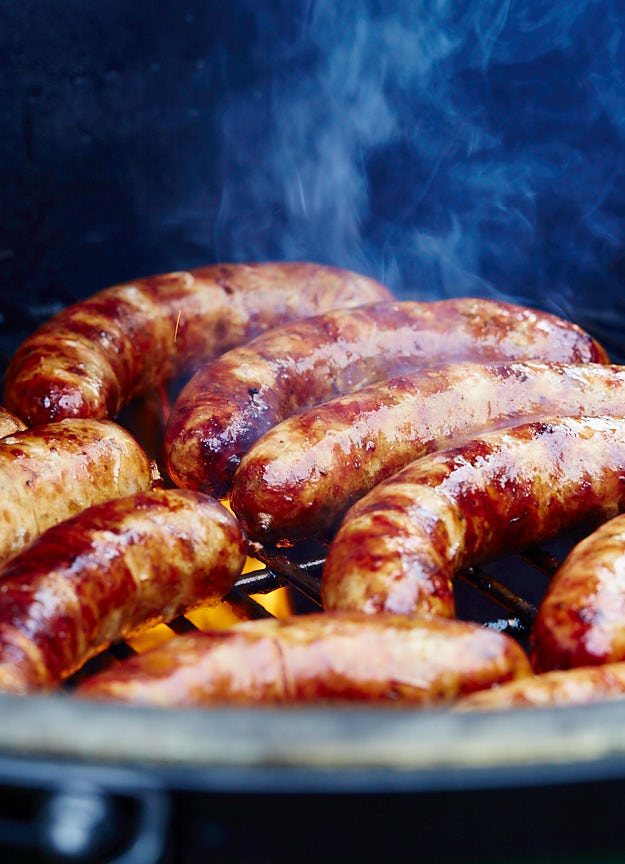The Optimal Lasagna Internal Temp: Guidelines for Perfection
– The ideal baking temperature for lasagna is between 375°F (190°C) and 400°F (204°C).
– The recommended internal temperature for lasagna is 160°F (71°C) or higher.
– To check the temperature of the lasagna, a meat thermometer should be inserted in the middle of the dish to ensure it reaches at least 160°F (71°C).
– The lasagna is considered done when the internal temperature hits 165°F (74°C), the top is golden brown, and the edges are bubbling.
– In an oven, lasagna should be baked covered with foil at 375°F (190°C) for 25-30 minutes, then uncovered and cooked for another 25-30 minutes until the internal temperature is 160°F (71°C).
– In an air fryer, lasagna should be cooked at 360°F (182°C) for 20-25 minutes, until the top is golden and the internal temperature reaches 165°F (74°C).
– In an electric roaster, lasagna should be cooked covered with foil at 375°F (190°C) for 1 hour, then uncovered and cooked for another 15-20 minutes until golden and bubbly.
– At a temperature of 350°F (175°C), lasagna should be cooked covered with foil for 45-50 minutes, then uncovered and cooked for another 15-20 minutes until golden and bubbly.
– At a temperature of 400°F (200°C), lasagna should be cooked covered for about 20-25 minutes, then uncovered and baked again.
– The article suggests letting the lasagna rest for 15-20 minutes before cutting to allow the flavors to meld and make it easier to cut and serve.
– The ideal temperature for serving lasagna is between 150°F (65°C) and 160°F (71°C).
– The internal temperature of frozen lasagna should reach at least 165°F (74°C) to ensure any harmful bacteria are destroyed.
– To reheat frozen lasagna, the article suggests oven heating at 350°F (175°C) for 25-30 minutes, medium power heating in the microwave for 5 minutes, or air frying at 350°F (175°C) for 15-20 minutes.
– The recommended internal temperature to reheat homemade lasagna is 165°F (74°C).
– Reheating can be done in the oven by preheating to 350°F (175°C), covering the lasagna with foil, and reheating for 25-30 minutes.
– It can also be reheated in the microwave using medium power for 2-3 minutes, followed by additional 1-minute increments if needed.
– Another option is to use an air fryer by preheating it to 350°F (175°C) and reheating the lasagna covered for 15-20 minutes.
– When microwaving lasagna, the internal temperature should reach 160-165 degrees Fahrenheit.
– Using a food thermometer is important to ensure the lasagna is cooked throughout and reaches a temperature of 165 degrees Fahrenheit.
– Pre-heating the oven for 20 minutes before baking helps ensure even cooking.
– The top layer of the lasagna should be golden brown.
– Check that the sauce is bubbling on the sides to verify that it is cooked.
– A toothpick or food thermometer can be used to check the temperature of the lasagna.
– Preheating the oven to the correct temperature is important to prevent uneven cooking.
– Reheating a large lasagna is not recommended as it may not reheat evenly.
– No-boil noodles and a layer of non-stick oil on foil can speed up cooking and trap moisture.
– Toothpicks can be used to hold the foil in place.
– Add the sauce to the bottom of the lasagna after placing the foil.

